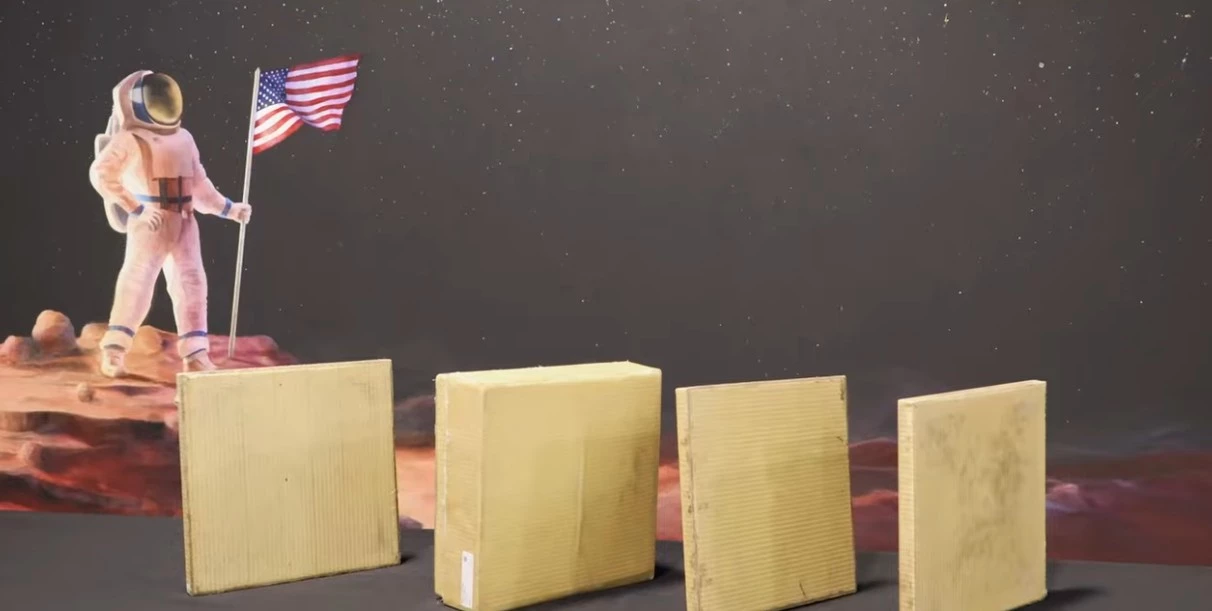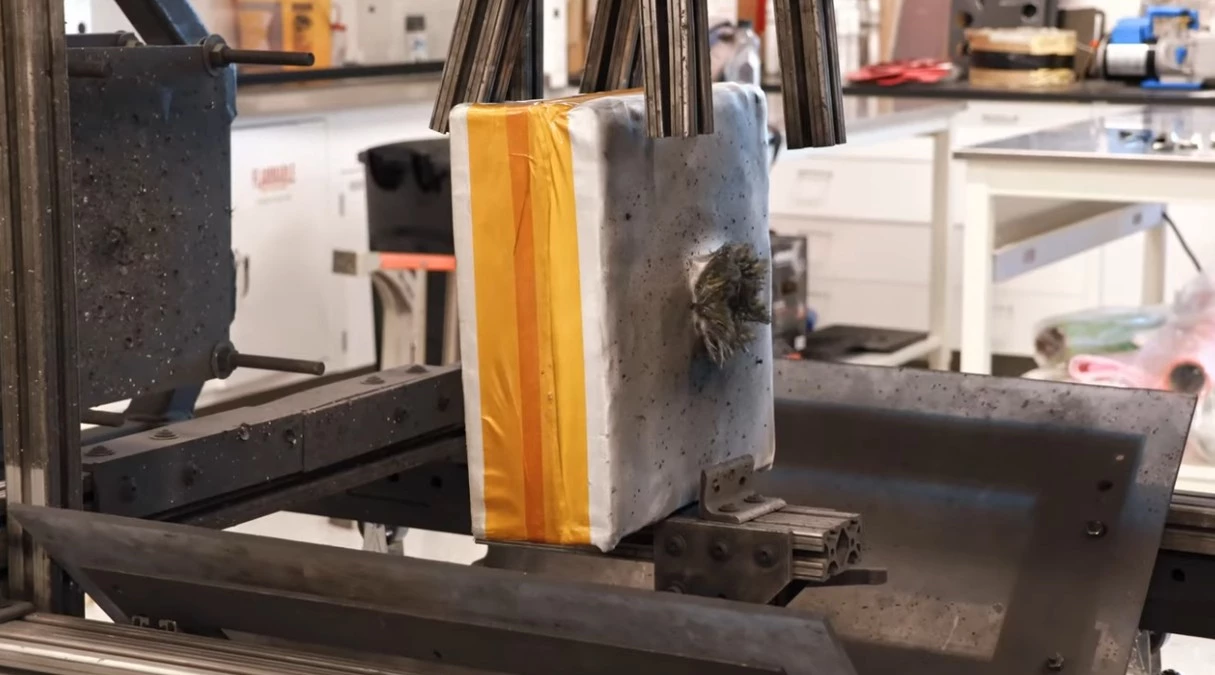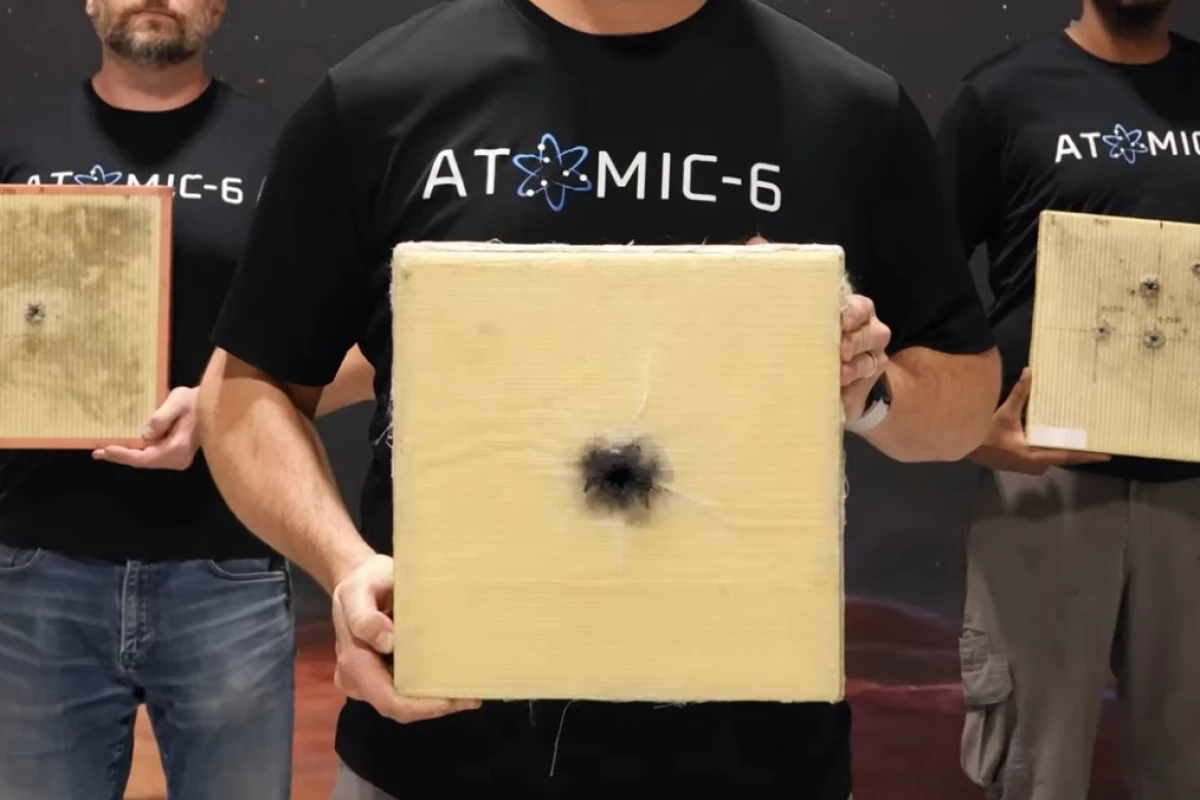With satellites orbiting the Earth exploding into tens of thousands of pieces, the danger of collisions with space debris is a major problem, so Atomic-6 has developed new Space Armor tiles that are lighter and more effective than current systems.
Currently, there are over 130 million bits of debris orbiting the Earth, depending on how small an object is counted as debris. Most of these are smaller than a paint chip, so they might not seem too dangerous, but when that paint chip is flying at hypersonic speed and encounters a satellite flying at hypersonic speed in the opposite direction, the results can be catastrophic.
In recent years, there's been a big push to reduce space debris by setting up tracking systems, improving spacecraft and launcher designs, and setting up protocols so that defunct satellites are properly decommissioned before being orbited or sent into a graveyard orbit.
Another way to handle the problem is to install protective armor on spacecraft. Originally designed to ward off micrometeorites, they're also used to minimize the effects of debris encounters.
The most common armor is the Whipple Shield, which was developed by astronomer Fred Whipple in the 1940s. Used on the Apollo Command Module and Lunar Module, the Whipple Shield consists of layers of aircraft-grade aluminum sheeting separated from one another by a gap or a filling of foam polymer. The idea is that if a micrometeorite hits the shield, it will dissipate energy as it passes through each layer until it's (hopefully) spent by the time it reaches the craft's hull.
The Whipple Shield works, but it's far from ideal. It's complex to make, heavy, and expensive. Worse, the aluminum has a tendency to throw off fragments when struck, producing more debris, which is rather counterproductive.

Now, Atomic-6 claims to have created an improvement on the Whipple Shield with its Space Armor product. Developed over an 18-month period, Space Armor consists of tiles of a proprietary polymer made of an undisclosed ratio of fibers to resins that are formed under an equally hush hush process. These tiles are self-adhesive, measuring one foot by one foot (30 cm by 30 cm) and one inch (2.5 cm) thick, or can be made to order in sizes up to 3.3 ft by 3.3 ft (1m by 1 m).
According to the company, Space Armor can handle impacts of over 4.35 miles per second (7 km/s) with far less debris being produced. Variants include a lighter, thinner armor that can handle 90% of probable space debris up to 3 mm in diameter or a heavy version for debris up to 12.5 mm wide.
In addition, Space Armor has one other advantage over the Whipple Shield in that it's radio transparent, while the Whipple Shield acts rather like a Faraday cage that blocks radio signals. This means the new polymer armor can be made into radomes and other structures to protect radar and communication antennae. However, Atomic-6 also makes a radio-opaque version of the armor.

"This is a big deal. We made the first radomes that can stop orbital debris," said Trevor Smith, CEO, Atomic-6. "You don't have to sacrifice communications to protect your spacecraft anymore. This little composite tile preserves mission-critical functions, thereby protecting spacecraft, space stations, and people in orbit from increasingly prevalent, yet invisible threats.
"With rising geopolitical tensions and growing concerns over space-based attacks, protecting satellites and astronauts from both deliberate strikes and accidental debris collisions is no longer optional, it's essential."
Source: Atomic-6





